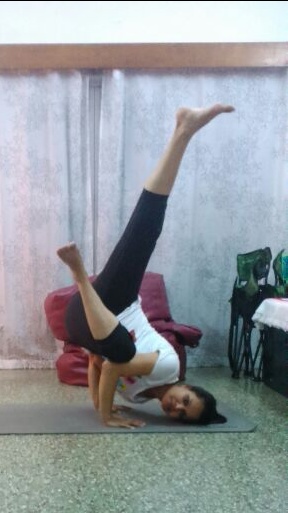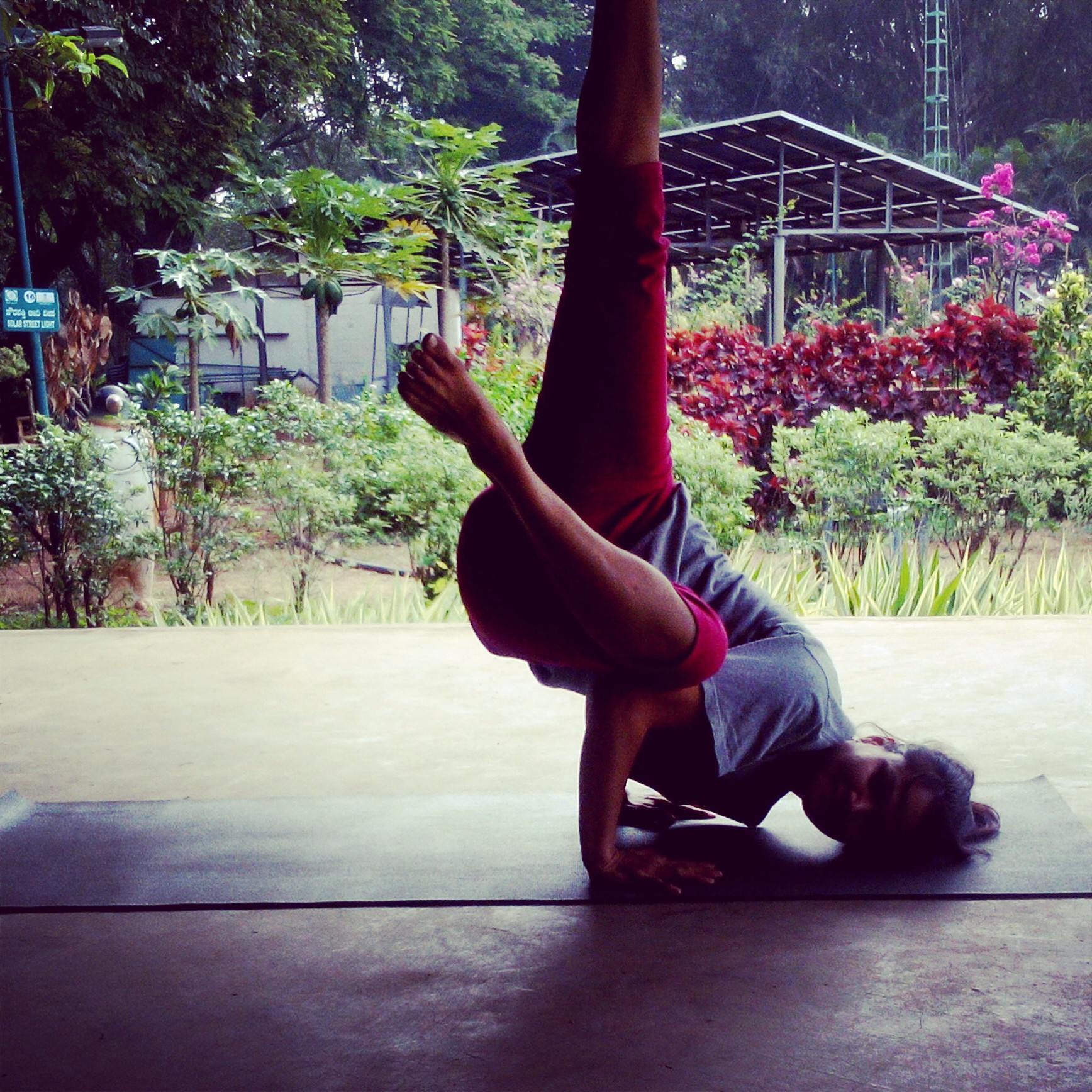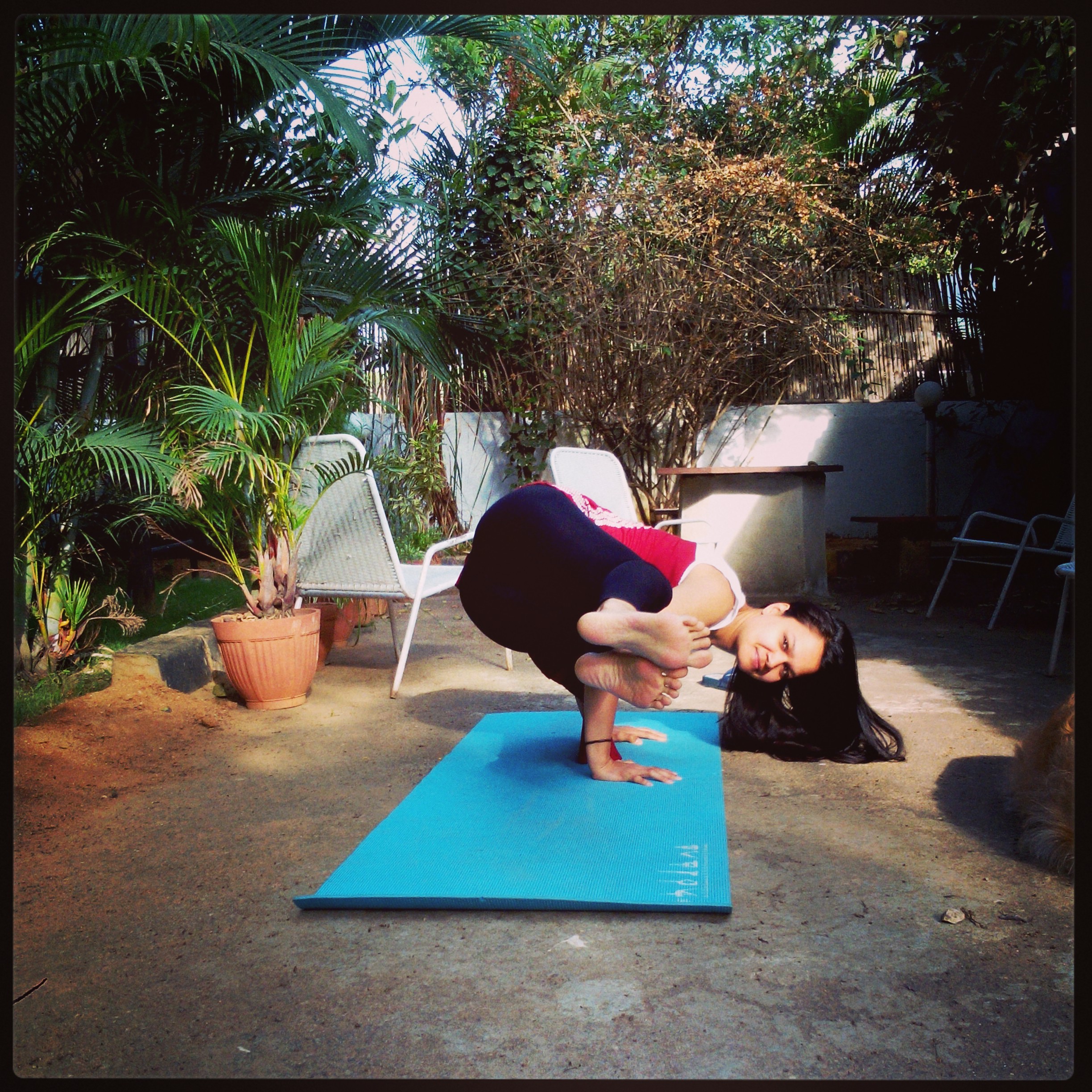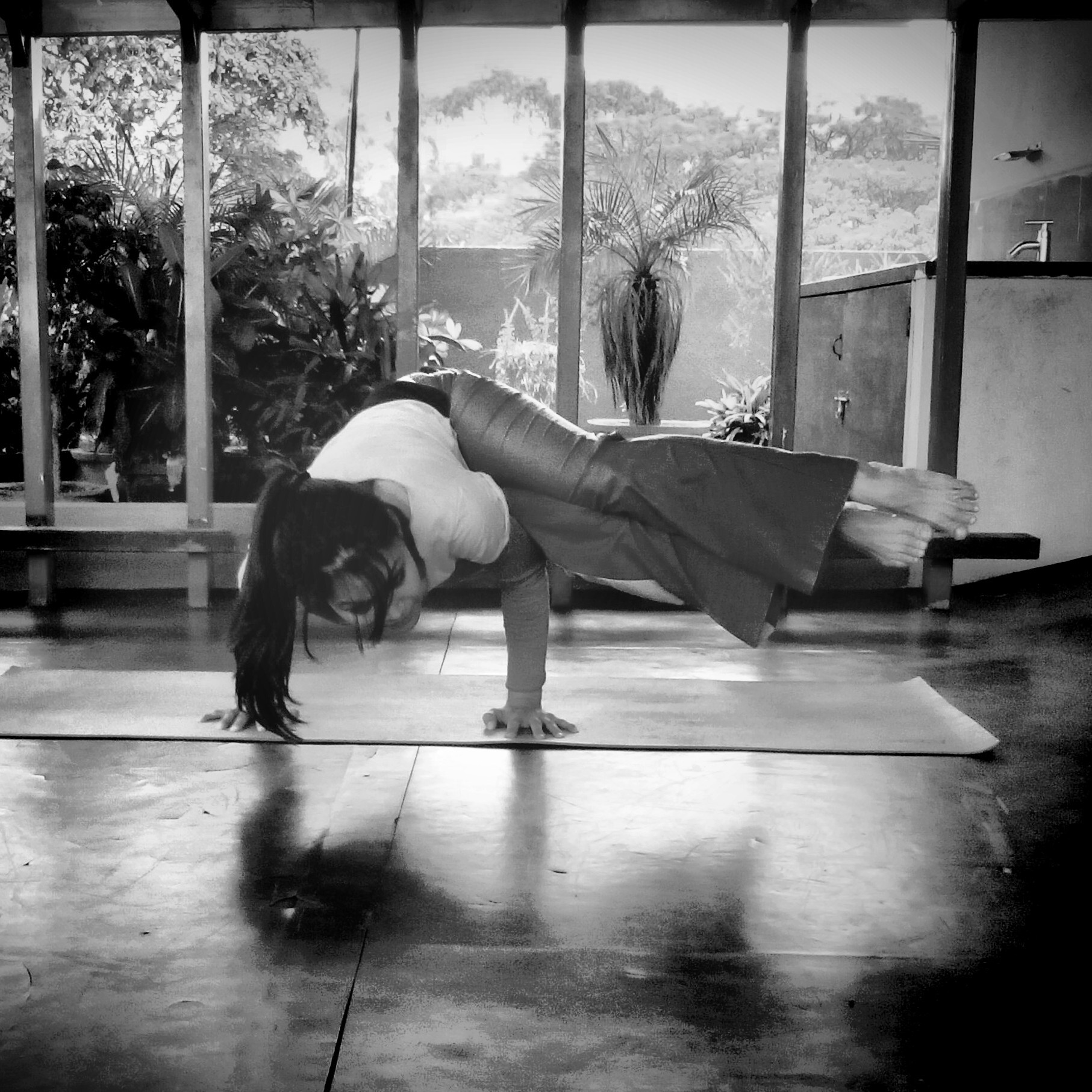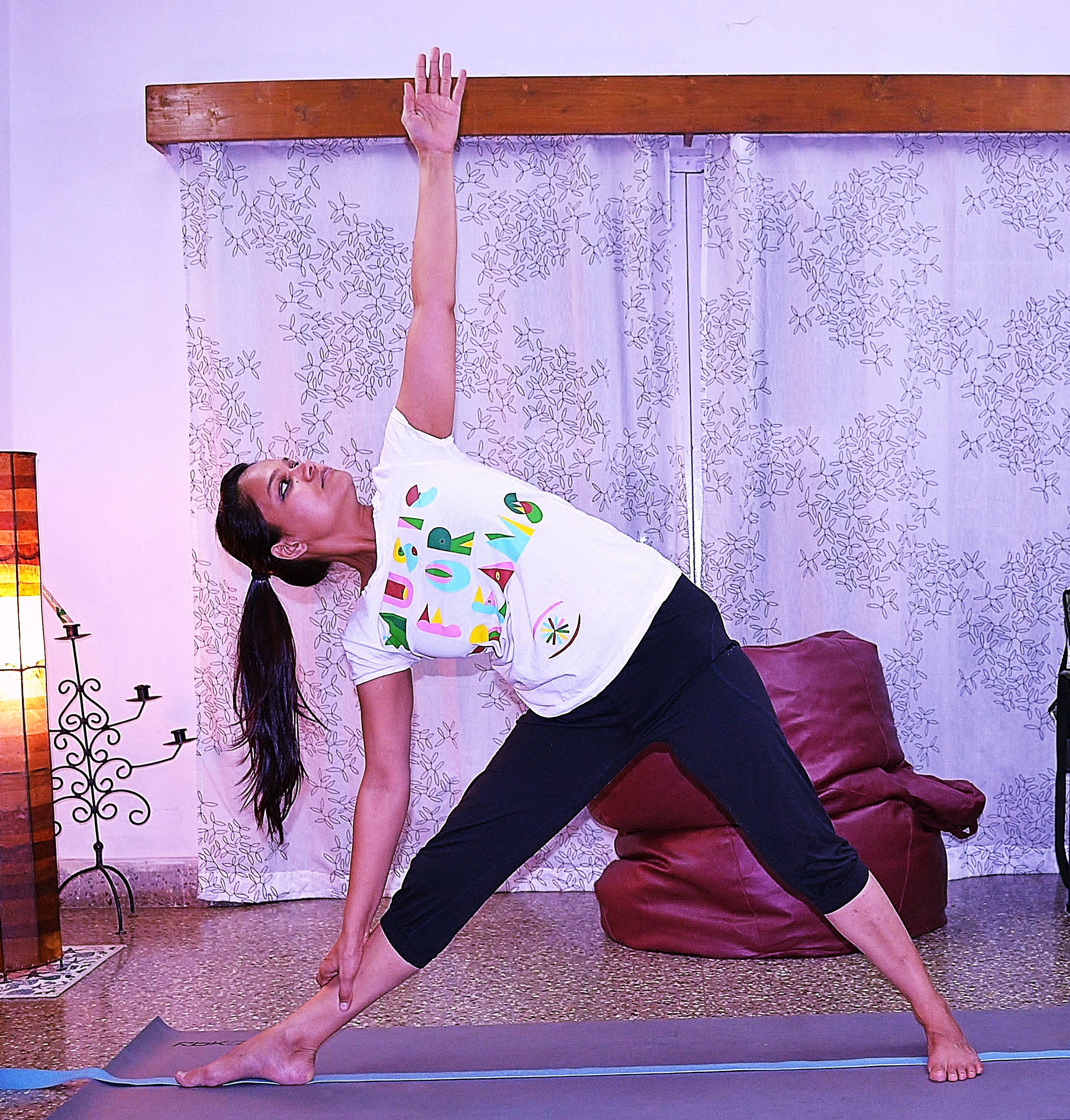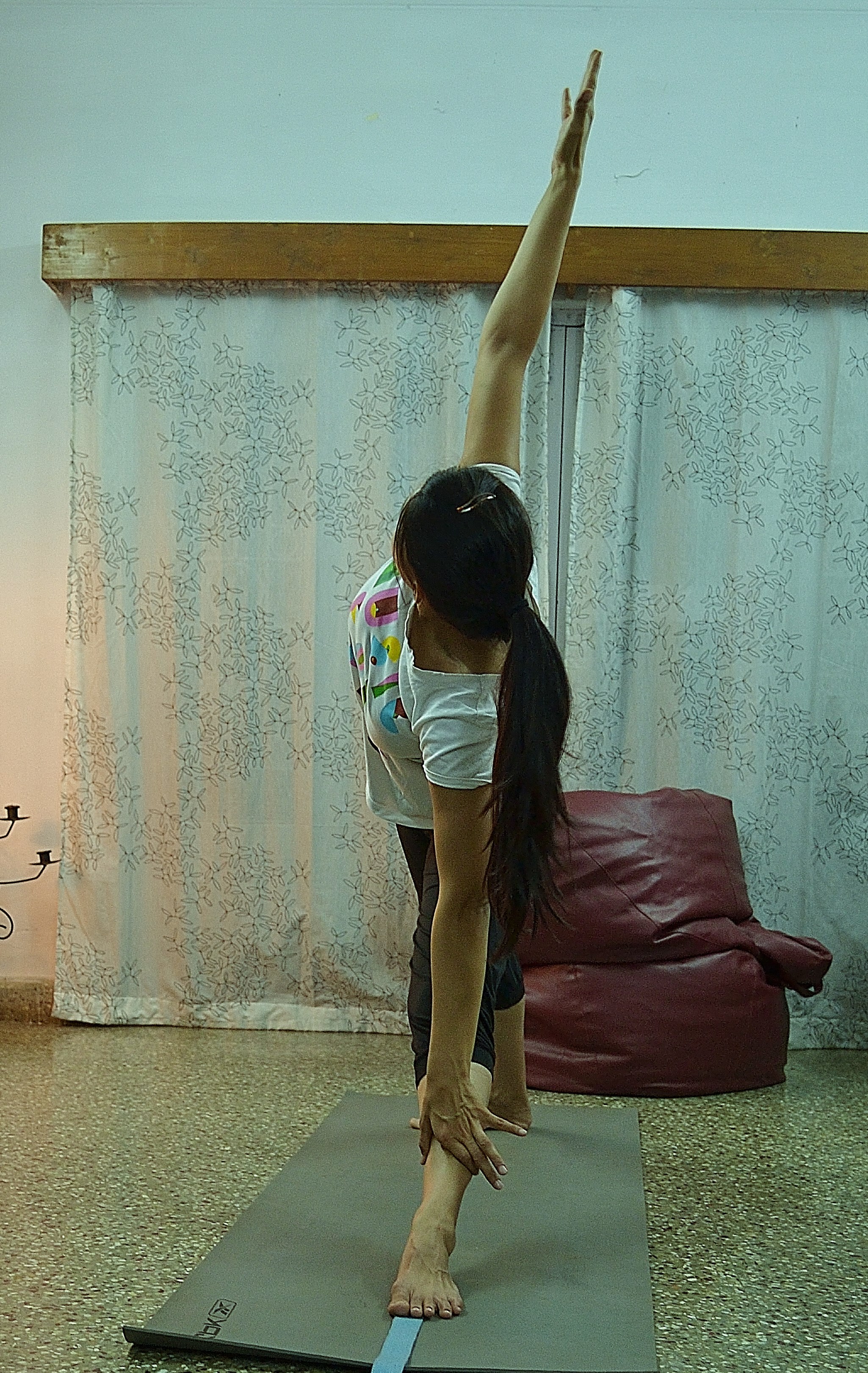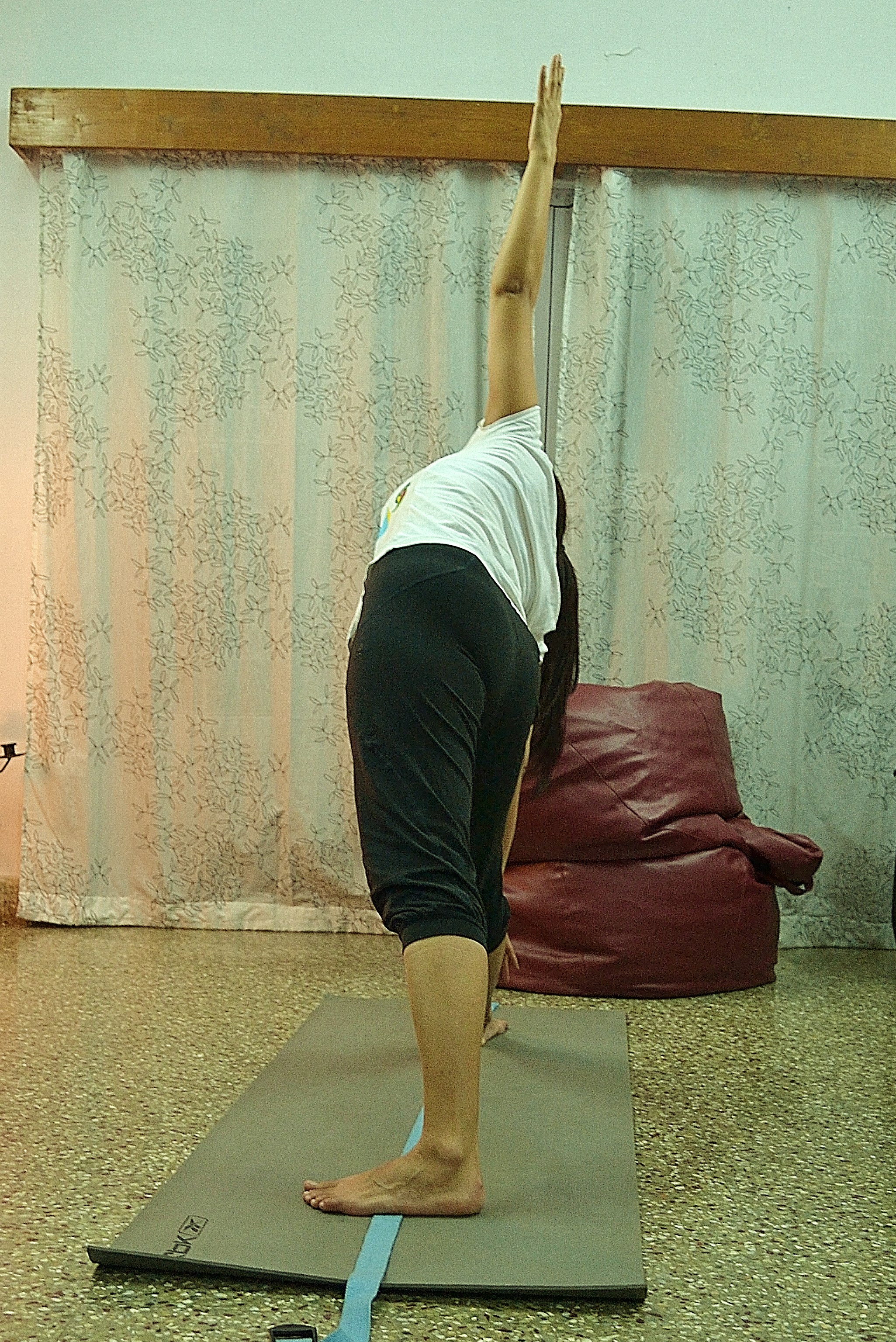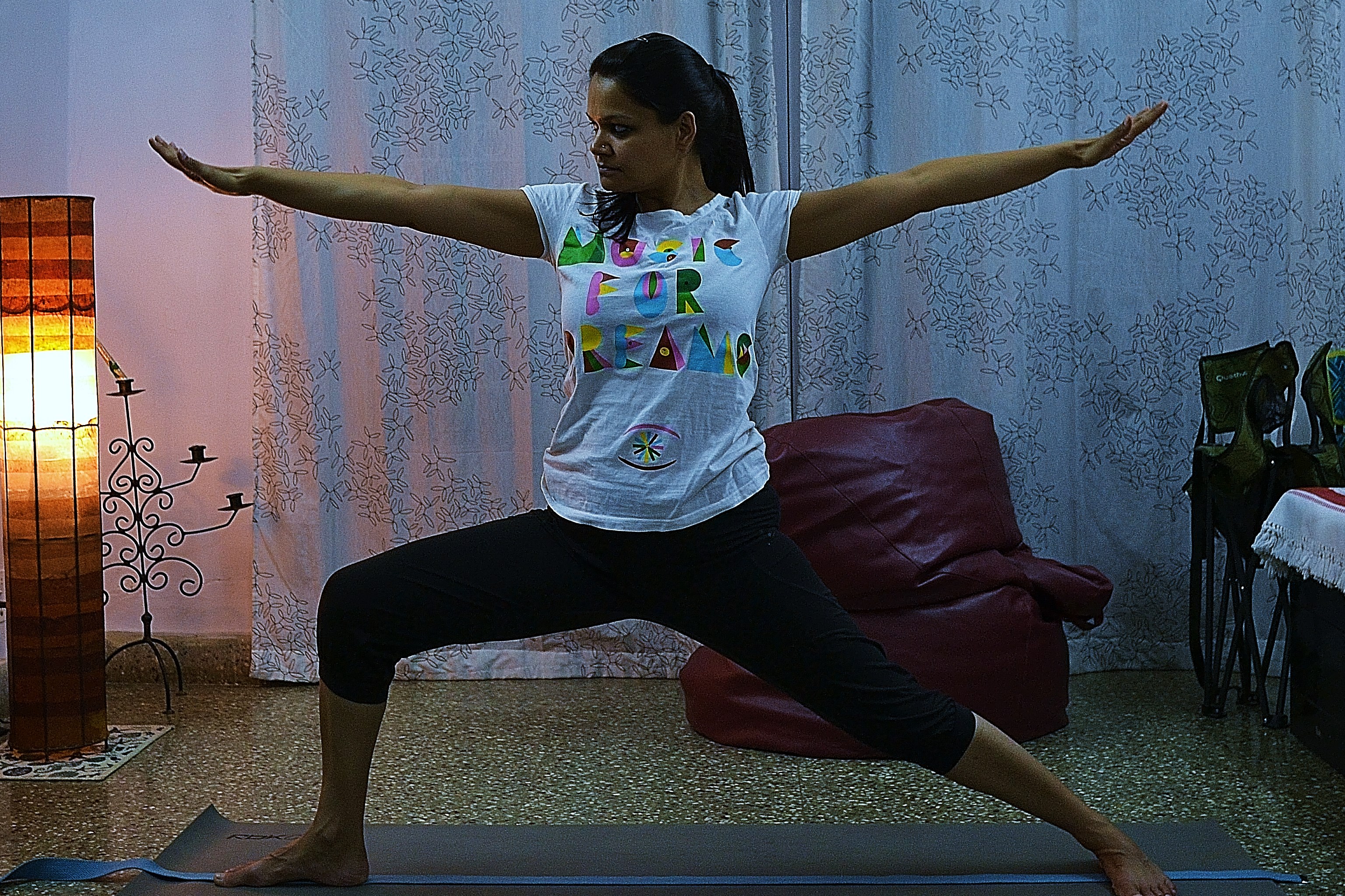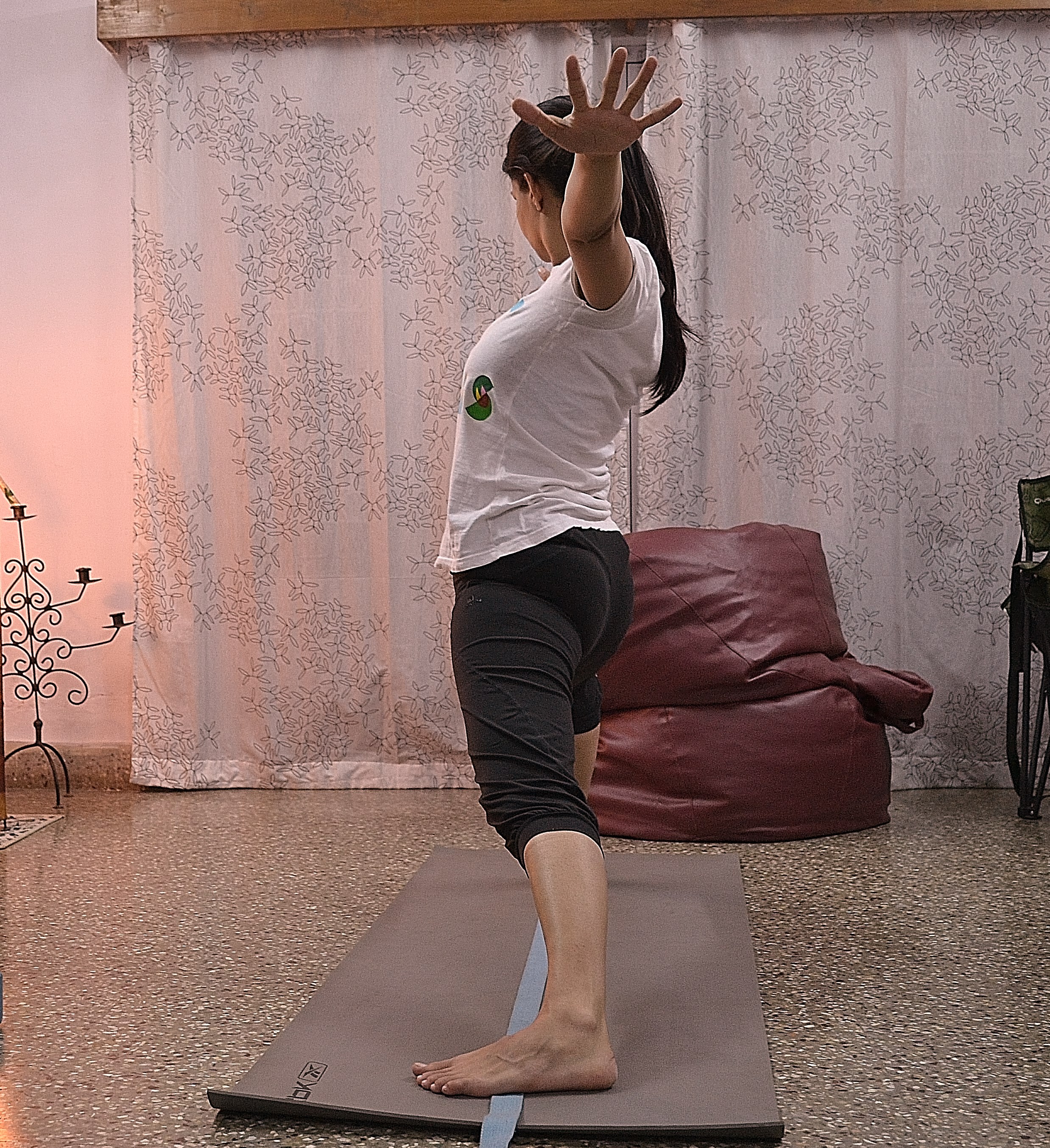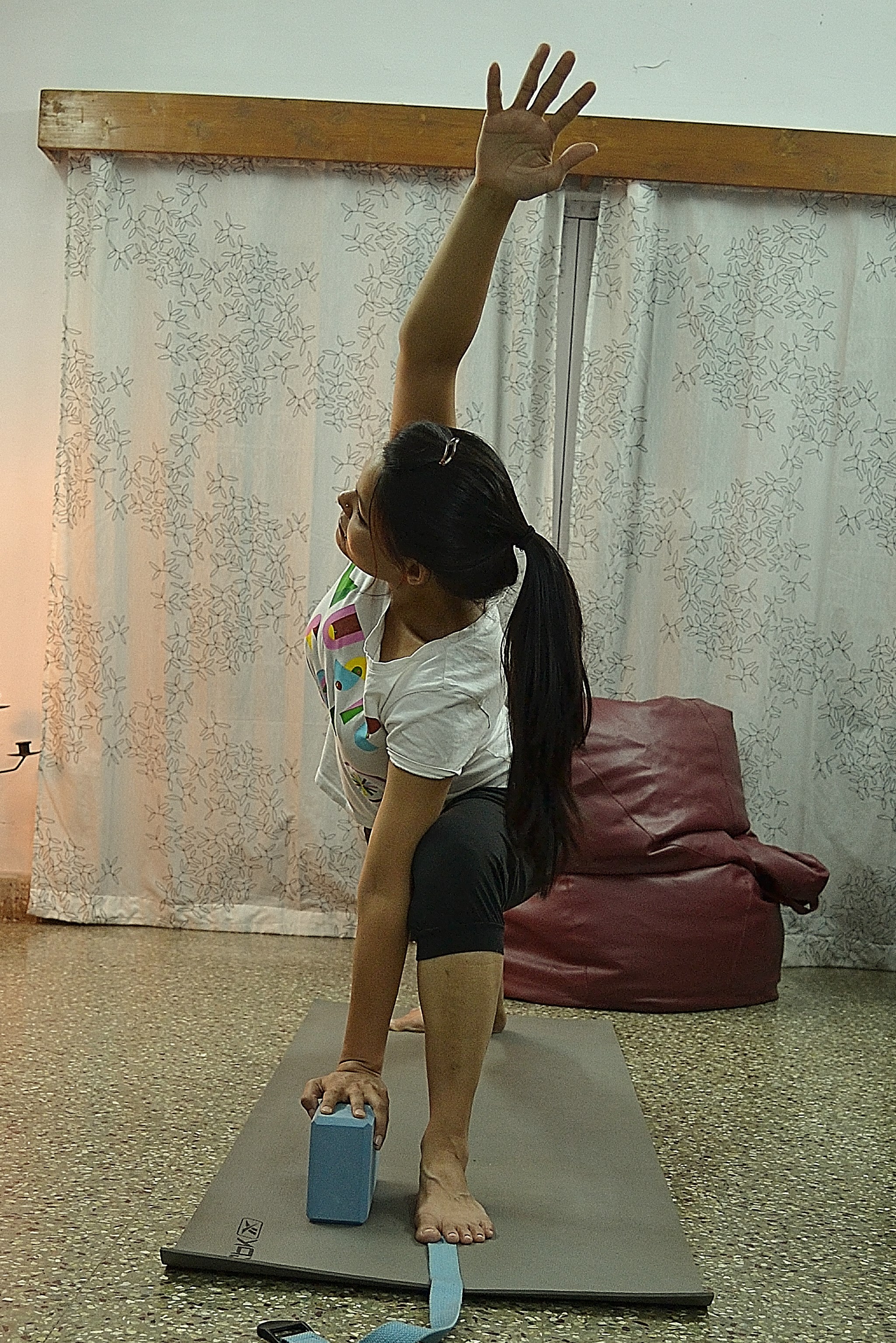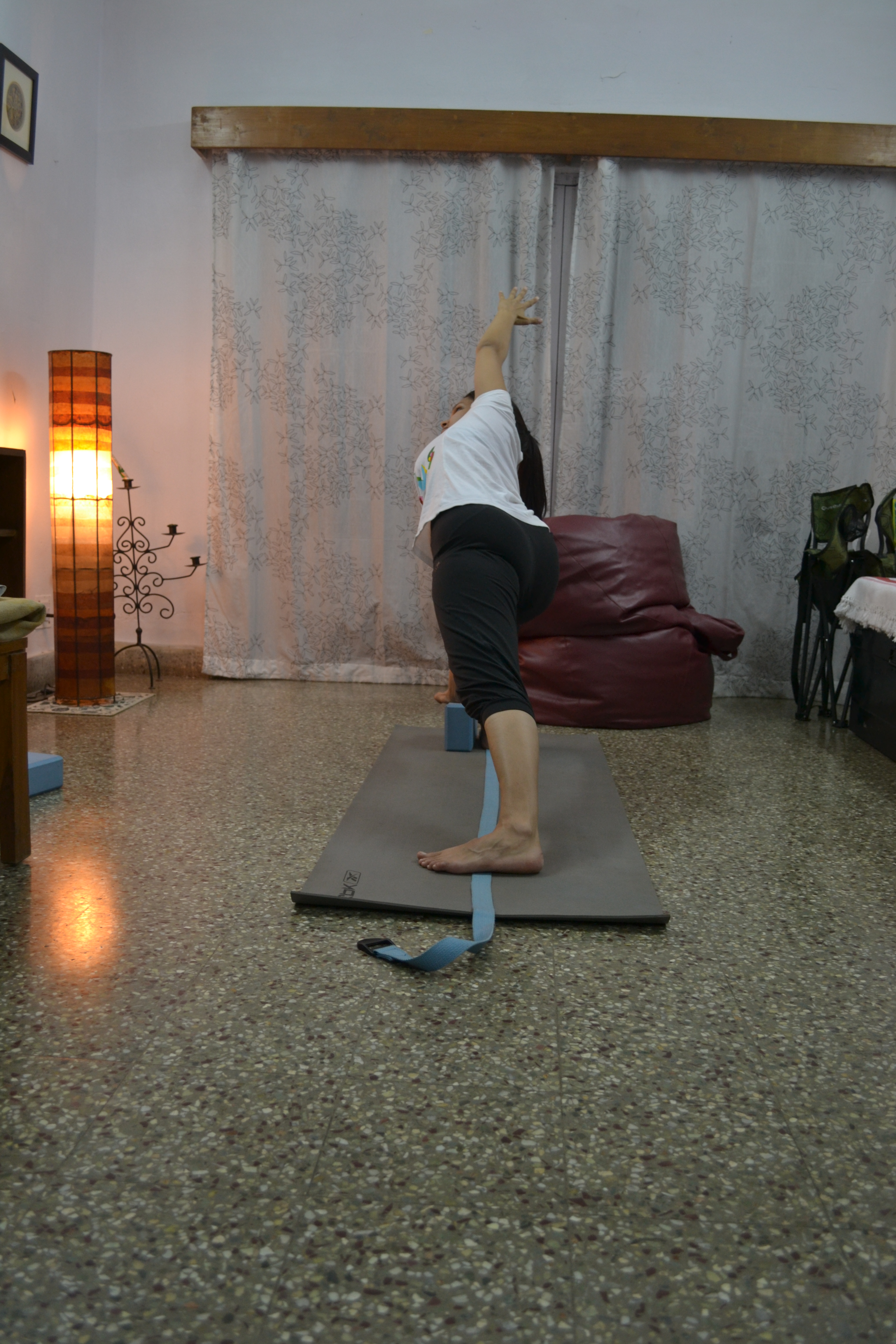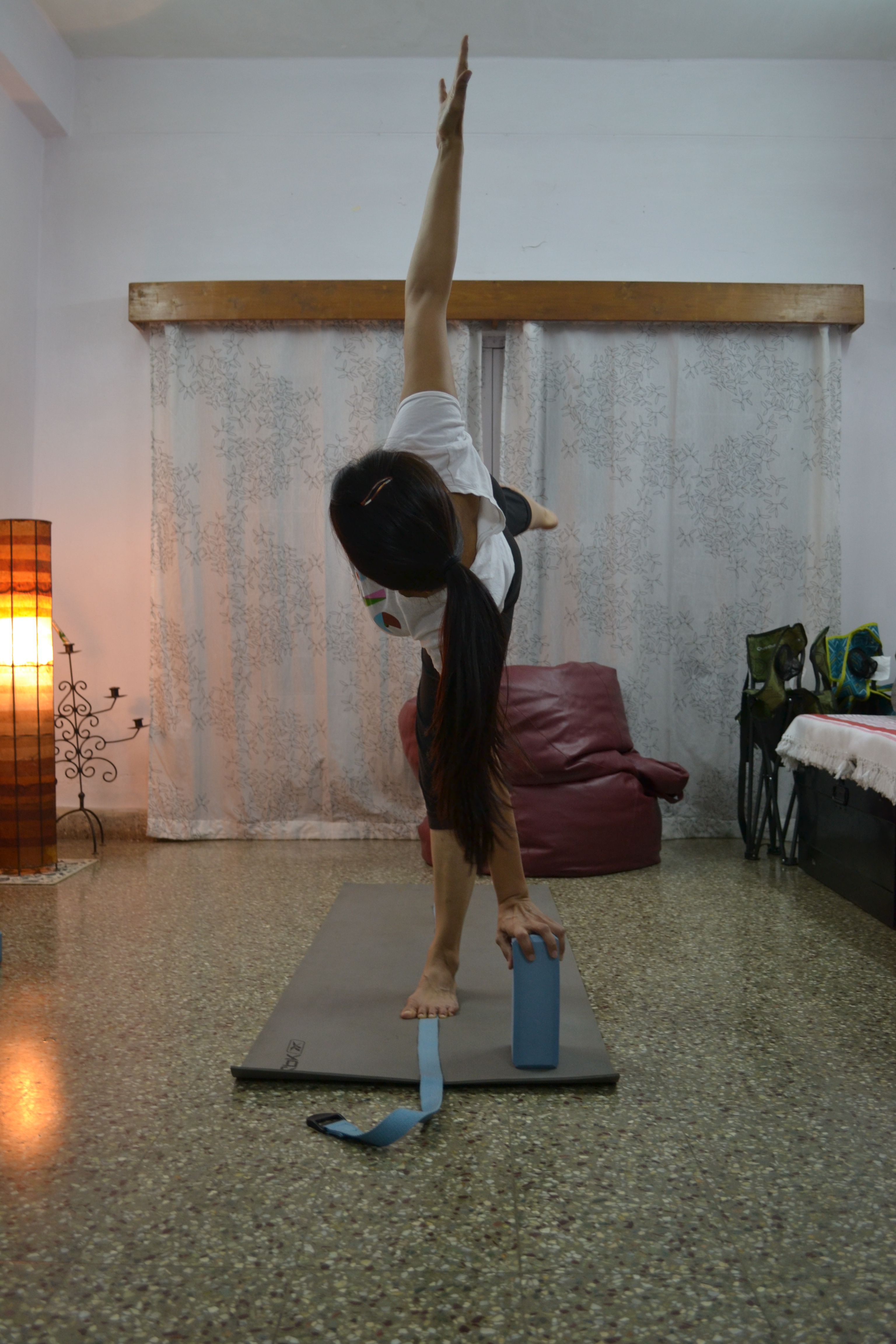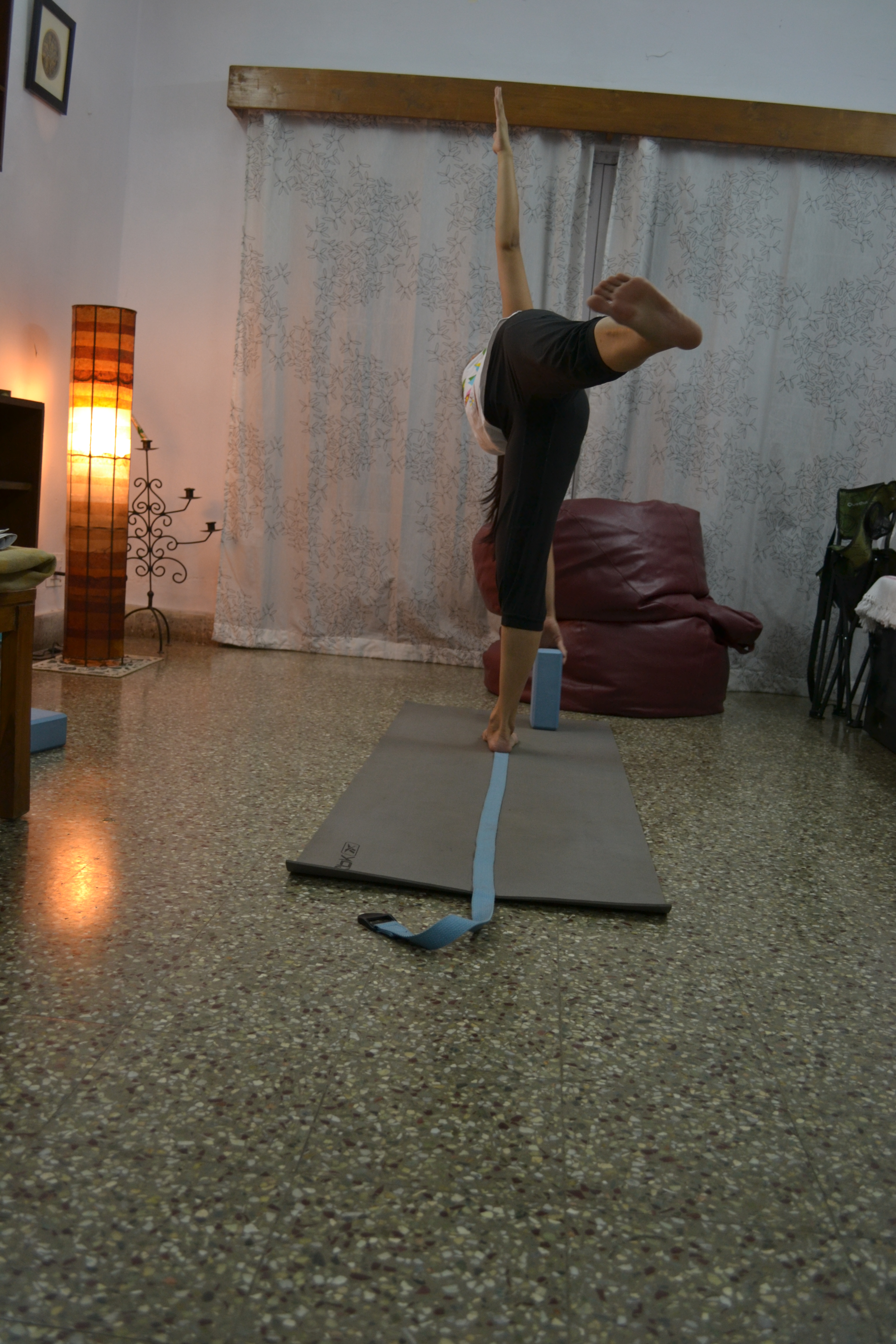Maybe it’s just me, but Rujuta Diwekar’s tone has become progressively snide and condescending with each book. She sounds like a school teacher – and your least favourite one at that. So I picked up Don’t Lose Out, Work Out with a little trepidation. (After all, I felt that using the words ‘Women’ ‘Weight Loss’ and ‘Tamasha’ in the same line is kind of derogatory to the despair that a lot of women go through because of their weight issues. Lumping up the despair, the depression, the hopelessness, the tears, the dejection, the bleakness, the distress, the discouragement etc as ‘tamasha’ just didn’t seem right to me.)
And frankly the book reads like a science textbook. I guess Rujuta was trying to convince readers that she actually knows what she’s talking about, and giving her readers scientific proof to back her claims. What she forgets is that readers are buying her books because they instinctively trust her and her work. But what Rujuta seems to be doing is, shoving science (or ‘sports science’ as she is quick to point out) down our throats in an attempt to prove to us that we know nothing, and neither does our trainer. And for that matter neither does your dietician (unless, and this is pure conjecture, she’s Rujuta Diwekar), and alas, neither does your doctor. Does Rujuta say this in so many words? No. She implies it. Towards the end of the book she writes, “The trainer here is the person who spends the maximum time with you, often waiting…But he is on the fringes of an upcoming profession, either belongs to the middle or the lower middle class, hasn’t really studied beyond 10th or 12th and can barely speak English. So he/she may know why you should do weight training, why weights will help you…But ask them to put those things in words and they mess up! And how!” I have a fundamental problem with this description of trainers…and also with the belief that if I have a trainer then he/she will fit the above description. The fitness/health/wellness industry that Rujuta herself is a part of has come a long way since she wrote her first book, and so have trainers and trainees.
And I don’t get me started on her Yoga chapter…
However, there are some lessons to be learned (and retained for the future) from the book. Here are five of them:
- Walking twice a day will not help you lose real weight or burn more calories. What a workout which happens twice a day lacks is proper recovery time. When you’ve walked for an hour, you’ve put a lot of strain your joints, muscles, body chemistry (hormones, oxygen, glycogen etc) and even your breathing. Rest is important for your body to recover and bounce back. If your body doesn’t get adequate rest your immunity decreases and you’re more likely to get injured.
- There is nothing such as spot reduction. As a yoga trainer and fitness enthusiast, people have told me countless times that ‘everything else is fine, just my tummy’ or ‘I’m happy with the rest of my body, just my arms’ or ‘the rest of my body looks like me, but my legs look like they are a sumo wrestler’s legs’. Usually people work out targeting specific ‘problem areas’. So they’ll do squats to target their butt and leg lifts to target stubborn belly fat. Repetitions in your workout just help you to utilize the readily available free fatty acid cells (which are a source of energy) in the blood stream instead of targeting the fat residing in the muscles. And what’s more, this kind of workout has no after-burn, so any calorie burn is only during the repetitions and very little post your workout. So, if you want to lose your belly fat you will need to balance a workout comprising cardio and a high intensity interval training.
- Only increase one parameter of your workout at a time. So if you’re running on the treadmill, increase only the incline or the speed at one time. Doing both puts unnecessary strain on your bones.
- Plan your workouts in such a way that they never exceed 60 minutes, including your warm-up and cool down. Chemically the body only has the fuel reserves to work out for 60 minutes. In fact, for most people the fuel reserves run out after 30 minutes.
- Plan your post workout meals well. 45 minutes post your workout is the best time to push more nutrients into your muscles and for your body to use the available nutrients well and to recover from stress and strain so that your immunity doesn’t go down. So drink a glass of water and eat something which has carbs, protein, fat, vitamins and minerals. This sounds complicated, but a banana or potato sandwiches are good options.


